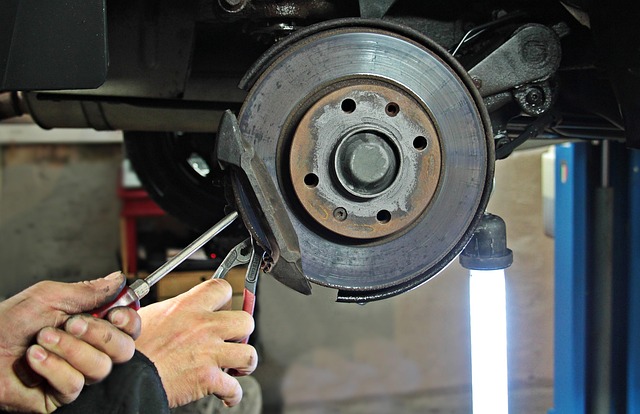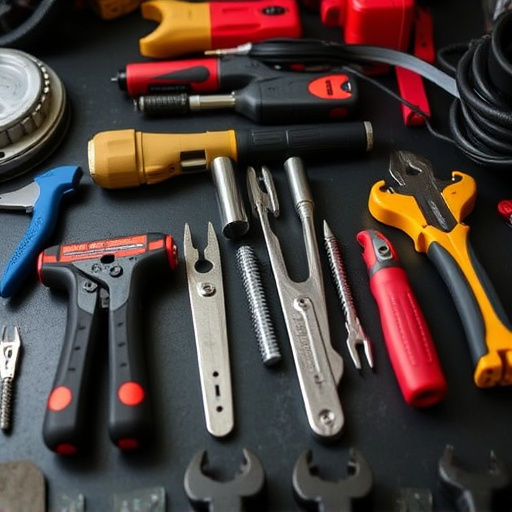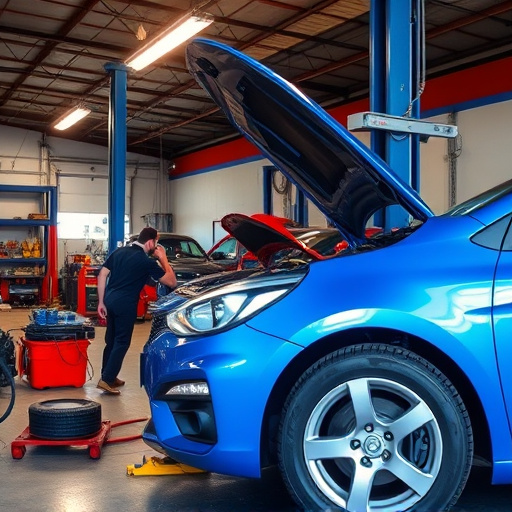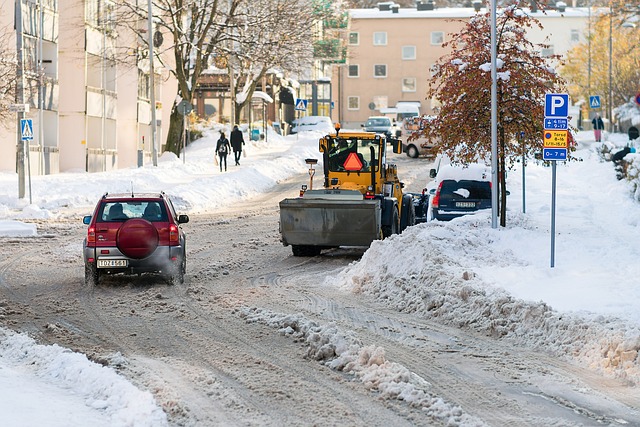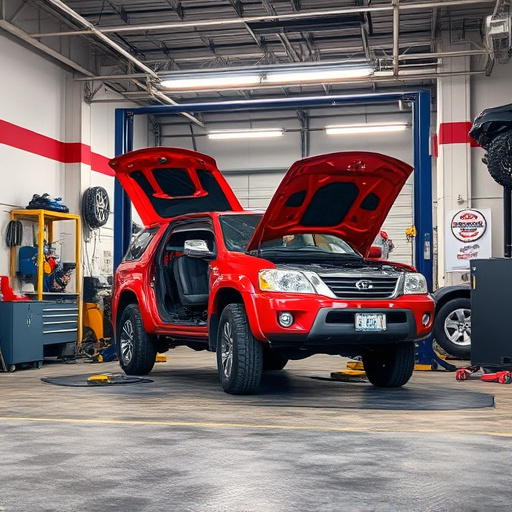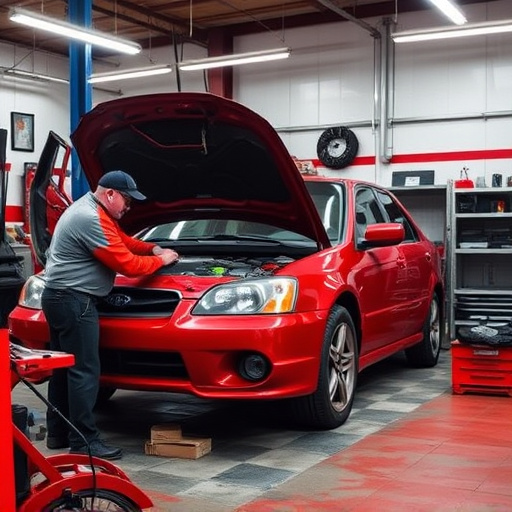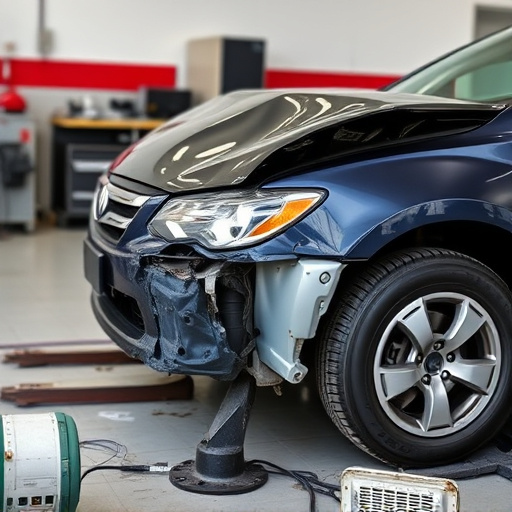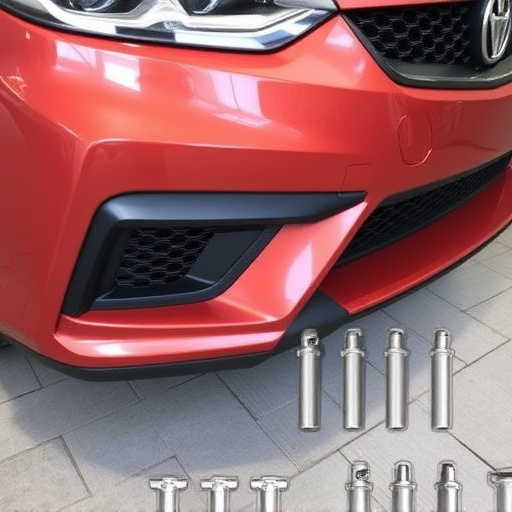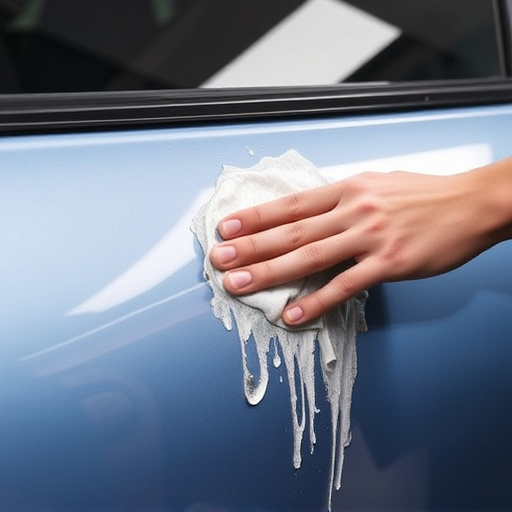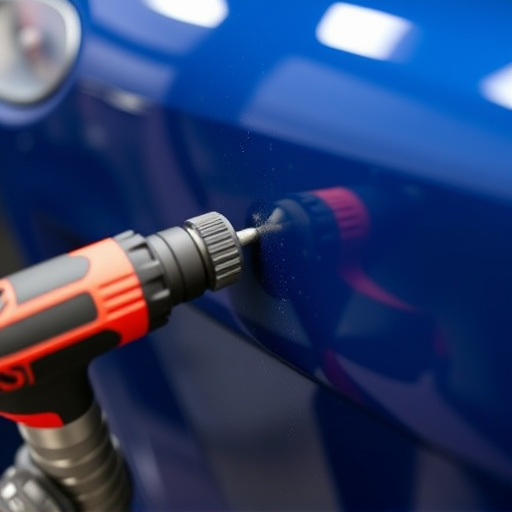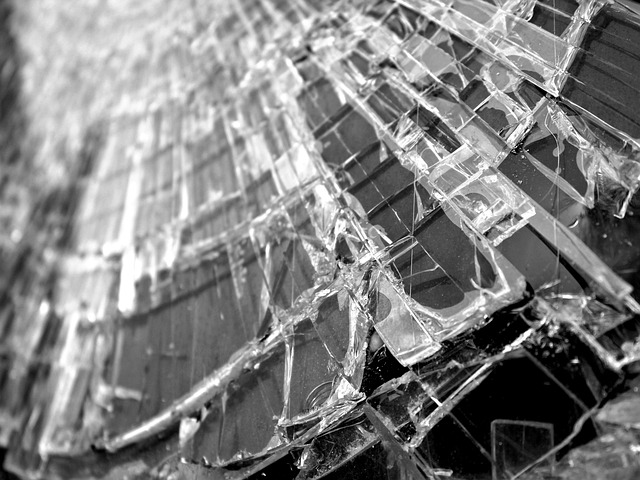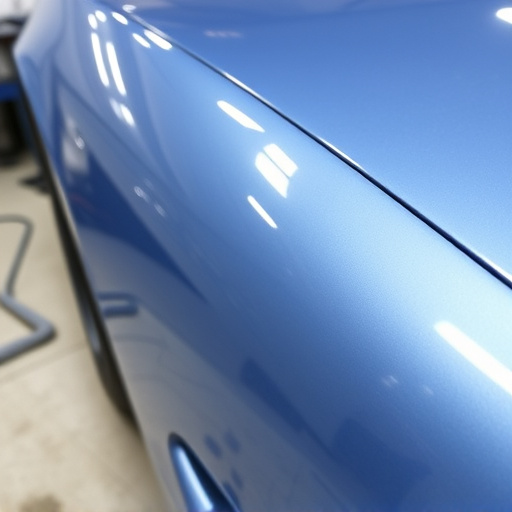Metal fabrication collision repair is a specialized process that uses advanced equipment and skilled technicians to rebuild damaged vehicle structures, ensuring both safety and aesthetic accuracy. Techniques like welding, cutting, and bending are employed to precisely replicate original designs while strengthening frames and components. Precision is key, with tools like CAD software and laser cutting technology ensuring accurate measurements and fits. This meticulous approach not only restores structural integrity but prevents future weaknesses, enhancing safety and reliability. Beyond simple repairs, metal fabrication boosts vehicle durability by reinforcing weak points, applying corrosion-resistant coatings, and integrating advanced safety features, extending lifespans in the modern automotive market.
Metal fabrication collision repair is more than just fixing dents; it’s a precise science that reinforces structural support, enhancing durability and safety. This comprehensive guide explores the intricacies of how metal fabrication techniques restore structural integrity, from understanding the process to appreciating its vital role in modern automotive maintenance. Discover the precision required to accurately replace or reinforce damaged components, ensuring vehicles return to their optimal performance and safety standards.
- Understanding Metal Fabrication Collision Repair: A Foundation for Strength
- The Role of Precision in Restoring Structural Integrity
- Enhancing Durability and Safety Through Metal Fabrication Techniques
Understanding Metal Fabrication Collision Repair: A Foundation for Strength
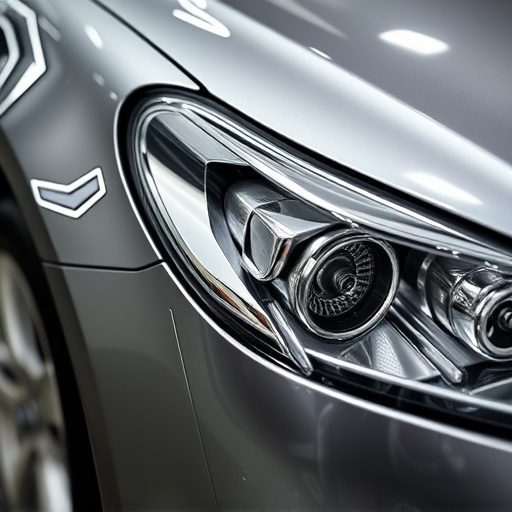
Metal fabrication collision repair is a meticulous process that involves skilled technicians and advanced equipment to rebuild damaged vehicle structures. It serves as a cornerstone for restoring safety and integrity to vehicles after an auto collision. By utilizing various metal forming techniques, including welding, cutting, and bending, repairs can precisely mimic the original design, ensuring structural support on par with the vehicle’s initial manufacture.
This meticulous approach goes beyond mere bumper repair or auto body painting. It involves a comprehensive understanding of the vehicle’s frame, panels, and components to ensure every fix is both functional and aesthetically accurate. The foundation lies in the skilled application of metal fabrication techniques, which ultimately reinforces the overall strength and safety of the automobile following an accident.
The Role of Precision in Restoring Structural Integrity
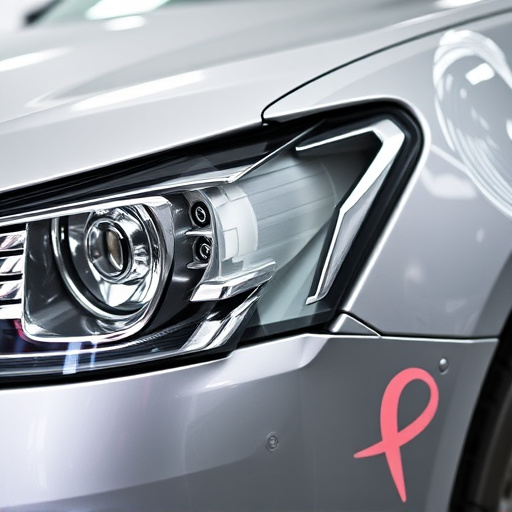
Precision is a cornerstone when it comes to metal fabrication collision repair, as it directly reinforces structural support. Skilled technicians leverage advanced tools and techniques to ensure every component is accurately measured, cut, and fitted. This meticulous approach is vital for restoring the vehicle’s frame to its original integrity, preventing future structural weaknesses that could compromise safety.
In automotive repair, especially after a car dent repair or vehicle repair incident, achieving precise alignment is crucial. Metal fabrication specialists employ computer-aided design (CAD) software and laser cutting technology to recreate damaged panels with exacting measurements. This level of precision not only ensures the structural soundness of the vehicle but also guarantees that it returns to its pre-collision condition, enhancing safety and reliability on the road.
Enhancing Durability and Safety Through Metal Fabrication Techniques
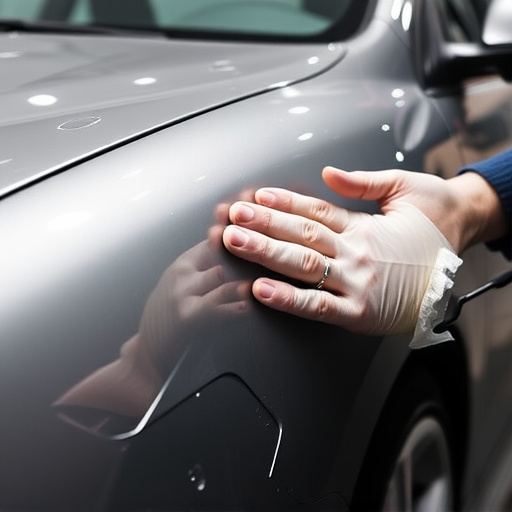
Metal fabrication collision repair plays a pivotal role in enhancing the durability and safety of vehicles. Through advanced metal fabrication techniques, damaged auto parts are meticulously replaced or reinforced, ensuring structural integrity. This process involves skilled artisans who wield a variety of tools and machines to create precise, custom-fit components. By utilizing high-quality materials and implementing rigorous quality control measures, these experts mend car damage repair effectively while preserving the vehicle’s original strength.
The intricate nature of metal fabrication allows for not just repairs but also enhancements. This includes strengthening weak points, adding protective coatings that resist corrosion, and even incorporating advanced safety features into the structural framework. As a result, vehicles undergoing this process not only regain their pre-collision condition but often surpass it, providing peace of mind for drivers and passengers alike. Moreover, these techniques contribute to extending the lifespan of vehicles, making them safer and more reliable on the road—essential aspects in today’s demanding automotive landscape where durability and safety are paramount.
Metal fabrication collision repair is not just about restoring damaged vehicles; it’s a meticulous process that reinforces structural support, ensuring longevity and enhanced safety. By employing precision techniques, skilled technicians revitalize automobiles, transforming them from damaged structures to robust, safe rides. These advanced metal fabrication methods are the backbone of modern automotive restoration, providing both strength and peace of mind for drivers.
